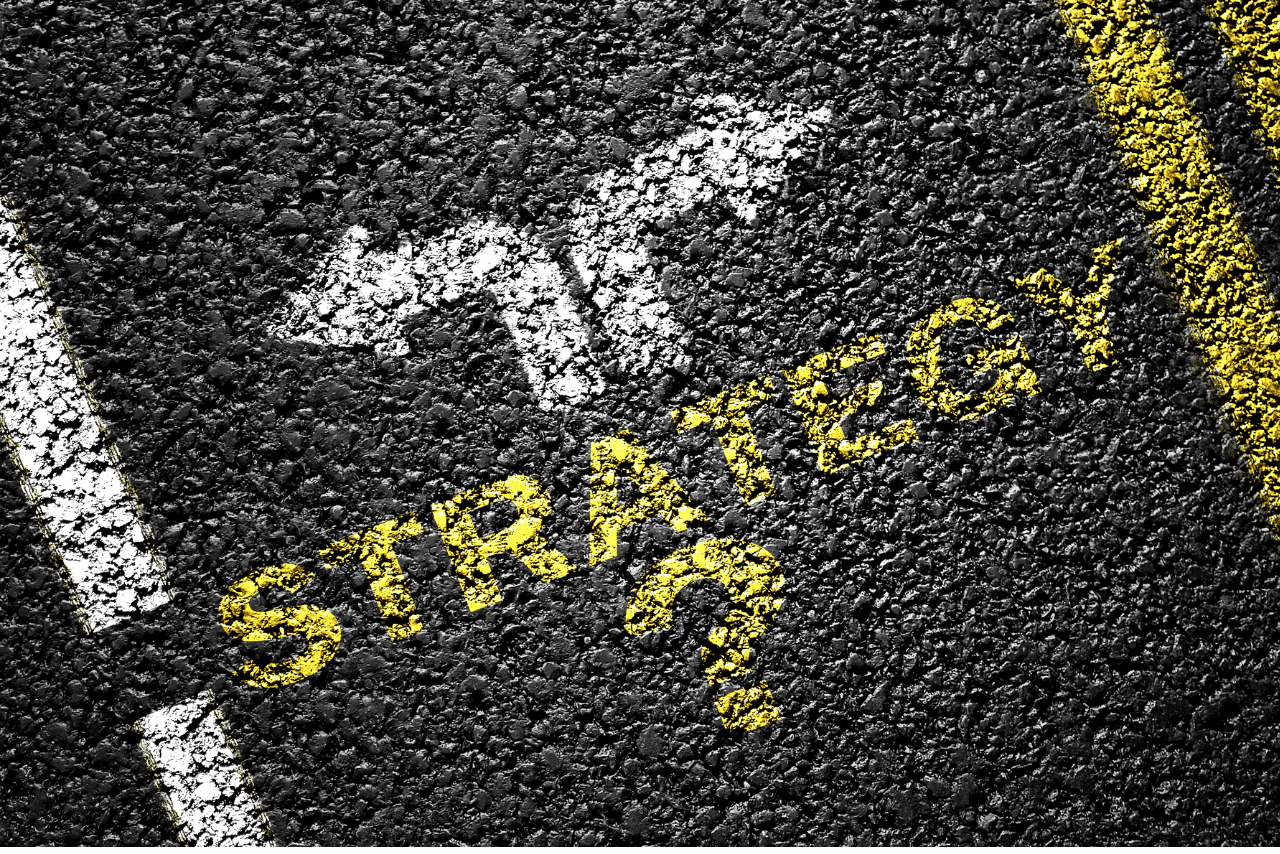The Future of Work Demands a New Kind of Leadership. The workplace is profoundly transforming, shaped by artificial intelligence, hybrid work models, and shifting employee expectations. For HR leaders, the challenge is not just to adapt but to lead with a clear sense of purpose—ensuring that technological advancements complement, rather than replace, the human elements of work.
A recent report, 10 HR Predictions for a Flourishing Workforce in 2025, highlights a fundamental shift towards human-centric leadership. Organizations that embed purpose into their talent strategies will outperform those focusing solely on efficiency and automation. But what does this mean in practical terms? And how can HR leaders ensure their organizations remain both competitive and people-driven?
AI is reshaping HR from a traditionally administrative function to a strategic enabler of business success. AI-driven analytics allows organizations to understand workforce trends with unprecedented depth, predict attrition risks, and personalize employee development programs at scale. When combined with human judgment, this potential of AI empowers HR leaders to focus on equipping their teams with the skills to interpret and apply AI insights. This ensures that data-driven decision-making supports a culture of innovation and inclusion, fostering an optimistic outlook for the future.
The hybrid work debate is no longer about whether it is feasible but how it can be optimized. The most forward-thinking organizations are moving beyond binary “office vs. remote” discussions and instead focusing on flexibility, autonomy, and outcomes. HR leaders, with their adaptability and resilience, are leading the charge in this shift. They are adopting inclusive hybrid models that prioritize equity, designing policies that ensure remote and in-office employees have equal opportunities to contribute and grow. This adaptability redefines hybrid work as a driver of engagement rather than a logistical challenge, making HR leaders feel capable in the face of change.
Employees today expect personalized experiences, not one-size-fits-all programs. From career development to benefits, personalization is becoming a key driver of engagement and retention. HR leaders, understanding the importance of personalization, are using AI-driven sentiment analysis and employee feedback tools to tailor experiences and create meaningful workplace communities. This empathetic approach fosters deeper alignment between individual aspirations and company goals, making HR leaders feel more connected to their employees.
Traditional job descriptions are becoming obsolete. Organizations are now moving towards skills-based workforce planning, where roles are defined by competencies rather than static job titles. This shift allows companies to dynamically allocate talent, upskill employees, and remain agile despite rapid technological change. For HR leaders, this means rethinking talent acquisition and internal mobility. AI-powered skills mapping can help identify hidden talent within an organization, reducing dependency on external hiring and fostering career growth from within. The companies that invest in skills-based planning today will be the ones best positioned for success tomorrow.
Performance measurement has traditionally been tied to KPIs such as productivity and efficiency. However, organizations are beginning to recognize that true success extends beyond these metrics. A growing number of companies are incorporating well-being, innovation, and purpose into their performance frameworks. Human flourishing metrics—employee resilience, social capital, and fulfillment—are key indicators of long-term business success. HR leaders must champion these new measures, ensuring performance evaluations reflect individual well-being and organizational impact.
The convergence of AI, hybrid work, and employee expectations forces organizations to rethink their leadership models. Purpose-driven HR is no longer a luxury; it is a competitive necessity. For those eager to explore these transformative trends further, a dedicated forum on Leading with Purpose: Human-Centric Strategies in the AI Era will take place on April 24 in Amsterdam.
This exclusive event – powered by Workhuman – will bring together 60 senior HR leaders, including CHROs and Global Heads of Culture, Employee Experience, Talent, and Total Rewards, to discuss redefining leadership in the AI era. The agenda includes discussions on AI-powered workforce strategy, skills-based planning, and the redefinition of performance metrics to focus on human flourishing.
In a world where the future of work is still being written, HR leaders have a unique opportunity to shape an era in which technology amplifies rather than diminishes the human experience. By embracing purpose-driven leadership, organizations can navigate these shifts and thrive in them.







